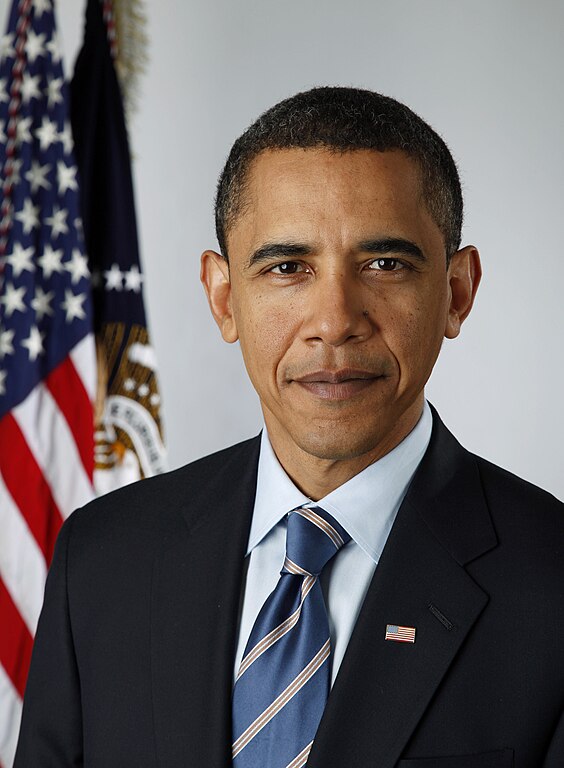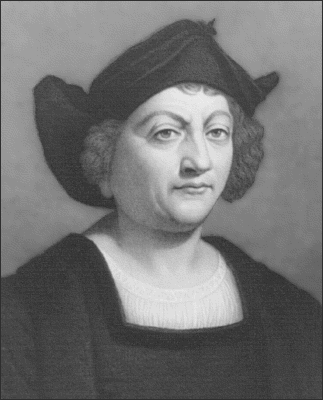
1.
What
role did the Revolutionary War play in the transformation of housewifery to Republican Motherhood?
The new values instilled by the Revolutionary War transformed the role of women and motherhood. The contributions of women during the war did not go unnoticed, and were appreciated, as was mentioned in Document C. Additionaly, it was now expected of Republican mothers to raise the sons of the Revolution. The women were responsible for the upbringing of future legistators, brilliant minds, and proud Americans (Doc A).
2.
What were the consequences of Republican Motherhood on women?
Republican Motherhood, while having many benefits, has a few consequences. Where education is concerned, women are expected to know only as much as necessary for basic activities, like reading (only certain books) and writing (Doc B). Women were still extremely domesticated, and in charge of raising the future generation. Should this generation fail, the blame would be on the Republican Mothers.
3.
What
is the significance of the ideology of Republican
Motherhood as a stage in the process of women’s socialization?
This progression to Republican Motherhood was a huge step in the socialization of women. Mothers were more valued in society because they were appreciated for raising the patriots of the new nation. Education for women became expected, rather than a luxury for few. Additionally, women were integrated into politics, as they were expected to encourage civic duty in their sons. This was a huge step for women for the process of socialization.

This poster was popularized during WWII as women were required to work to help with the wartime economy. This was another step for women, as Republican Motherhood was.
+&+sons.+Maryland+Historical+Society..jpg)
1.
Describe the setting.
The setting is the modest living room of a home. The family is privileged, but not among the "rich" class in America. This can be inferred by the way the woman and her sons are dressed, in addition to the room they are in.
2.
Who
serves at the center of the portrait and why?
How does the woman look? How is
she “republican” rather than aristocratic?
Mary Gibson Tilghman is the center of the portrait, representing that she is the leader of the family and the focus of the portrait. The woman looks content, most likely becauase of her new position in society as a respected member. It is clear that she is republican rather than aristocrat because of the way she and her children are dressed, as well as the simplicity of her hair, or the scenery.
3.
What values do her sons exhibit?
The sons exhibit competence and manners, showing rhat they have been trained well so far. They are already being groomed for the future politics of America, as was expected of young boys at the time. While they are still children, they have been taught at an early age to understand what is going on around them, and be polite.
4.
Is there a significance to the position
of Mrs. Tilgham’s arm?
The positiong of Mrs. Tilgham's arm is symbolic of the power she holds in the household. It is layed over her son, indicating that he is her responsibility to raise and mother. This power is representative of classic Republican Motherhood, as the mothers were now responsible for the proper upbringing of her children.
 President McKinley supported the gold standard, which Bryan opposed, saying "they will crucify us on a golden cross"
President McKinley supported the gold standard, which Bryan opposed, saying "they will crucify us on a golden cross"

 This is similar to the Indian Removal Act, because both were created in attempt to move Native Americans away from the land where they had currently resided to land that was convenient for the government, so that they could expand to land previously occuppied by Indians.
This is similar to the Indian Removal Act, because both were created in attempt to move Native Americans away from the land where they had currently resided to land that was convenient for the government, so that they could expand to land previously occuppied by Indians.




 The Dred Scott decision is like the 3/5 Compromise because is reasoned that African Americans were not citizens, and could not be considered in activities reserved only for United States citizens.
The Dred Scott decision is like the 3/5 Compromise because is reasoned that African Americans were not citizens, and could not be considered in activities reserved only for United States citizens.
 Like Sojourner Truth, Elizabeth Cady Stanton was a women's rights advocate. She, along with Lucretia Mott, helped organize the Seneca Falls Convention, where the Declaration of Rights of Women was drafted.
Like Sojourner Truth, Elizabeth Cady Stanton was a women's rights advocate. She, along with Lucretia Mott, helped organize the Seneca Falls Convention, where the Declaration of Rights of Women was drafted.

 Dr. Martin Luther King Jr., like Frederick Douglas, was a huge speaker for black rights. Though slaves had been freed since Frederick Douglas spoke, segregation still existed and it was far from equal when Dr. King spoke.
Dr. Martin Luther King Jr., like Frederick Douglas, was a huge speaker for black rights. Though slaves had been freed since Frederick Douglas spoke, segregation still existed and it was far from equal when Dr. King spoke.


 In Thomas Jefferson's Inaugural Address, he, like Lincoln, was responsible for easing the tensions of a divided nation. Lincoln had to ease the division of the North and South, while Jefferson had to address the division between the Federalists and the Republicans.
In Thomas Jefferson's Inaugural Address, he, like Lincoln, was responsible for easing the tensions of a divided nation. Lincoln had to ease the division of the North and South, while Jefferson had to address the division between the Federalists and the Republicans.
 Like Calhoun, slavery was a big part of Abraham Lincoln's career. However, Lincoln abolished slavery with the Emancipation Proclamation.
Like Calhoun, slavery was a big part of Abraham Lincoln's career. However, Lincoln abolished slavery with the Emancipation Proclamation.
 This is similar to the XYZ Affair because the foreign power would not negotiate with the United States.
This is similar to the XYZ Affair because the foreign power would not negotiate with the United States.


.jpg)
 Like Jefferson, Obama discussed important issues of the nation and his plans to fix the problems. Additionally, he payed respects to his competing candidate.
Like Jefferson, Obama discussed important issues of the nation and his plans to fix the problems. Additionally, he payed respects to his competing candidate.

 Lewis and Clarke were explorers similar to Columbus. Like Columbus, they explored the New World, however for them, it was only the United States. Additionally, their relationship with the Natives were quite good, as they relied on them for navigational help, unlike Columbus.
Lewis and Clarke were explorers similar to Columbus. Like Columbus, they explored the New World, however for them, it was only the United States. Additionally, their relationship with the Natives were quite good, as they relied on them for navigational help, unlike Columbus.
 The 22nd Amendment restricts the President to 2 terms in office. This was created in example of Washington's 2 terms, to prevent one man from having power for too long.
The 22nd Amendment restricts the President to 2 terms in office. This was created in example of Washington's 2 terms, to prevent one man from having power for too long.

 Similar to Washington's Proclamation of Neutrality in 1793, The United States decided to remain neutral in European powers upon the outbreak of WWII. However, later in the war, the United States joined the Allies.
Similar to Washington's Proclamation of Neutrality in 1793, The United States decided to remain neutral in European powers upon the outbreak of WWII. However, later in the war, the United States joined the Allies._-_02.jpg)
 The Bill of Rights was passed after the Federalist #10 by the same men. However, The Federalist Papers were originally opposing the Bill of Rights because they were afraid that it would be misinterpreted that the rights listed on the Bill of Rights were the only rights that the people had.
The Bill of Rights was passed after the Federalist #10 by the same men. However, The Federalist Papers were originally opposing the Bill of Rights because they were afraid that it would be misinterpreted that the rights listed on the Bill of Rights were the only rights that the people had.
 This poster was popularized during WWII as women were required to work to help with the wartime economy. This was another step for women, as Republican Motherhood was.
This poster was popularized during WWII as women were required to work to help with the wartime economy. This was another step for women, as Republican Motherhood was.+&+sons.+Maryland+Historical+Society..jpg) 1.
1.


 Ordinance of Secession of the Confederate States
Ordinance of Secession of the Confederate States
